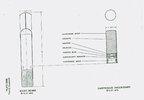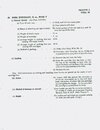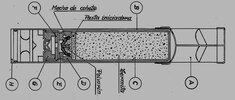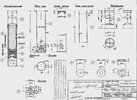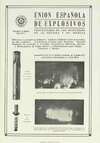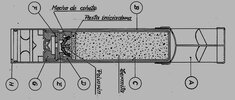British Ordnance Collectors Network
You are using an out of date browser. It may not display this or other websites correctly.
You should upgrade or use an alternative browser.
You should upgrade or use an alternative browser.
Help ID unknown WW1 German Air dropped(?) Signal Device(?)
- Thread starter Buster
- Start date
British Bomb Incendiary ,Baby ,6 1/2 oz.Can anyone ID and and explain the use of the item shown in the pictures below please? For scale the Cartridge is a 12 Bore and is HS ' * 12 * 12 '
View attachment 198624View attachment 198625View attachment 198626
View attachment 198628
Thanks in advance.
Thanks Leaflet, very useful I will get a copy for my file.Hello Buster, Maybe this might help you.
LEAFLET
Like you said, it's a kind of Incendiary Mixture, but I can't find wich oneWhat is "Cendite"? Assumed a kind of incendiary mixture, but what type of?
Hello everyone,
This incendiary bomb was also used in Spain in the Moroccan campaigns and in the Spanish Civil War. Diagrams attached.
The one used in Spain had thermite as an incendiary charge.
Greeting
This incendiary bomb was also used in Spain in the Moroccan campaigns and in the Spanish Civil War. Diagrams attached.
The one used in Spain had thermite as an incendiary charge.
Greeting
Attachments
"A standard incendiary mixture known as 'Cendite', containing aluminium, barium nitrate and "hammer scale" (Po3 O4). This mixture when compressed is one of the more difficult compositions to ignite."
Probably you mean Fe3O4

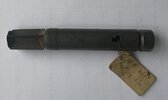
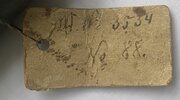
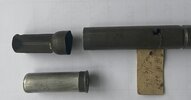
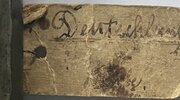
![DSCN0907[1].JPG DSCN0907[1].JPG](https://www.bocn.co.uk/data/attachments/174/174631-814cd0d200d34aa7213f47b05a6d1fbc.jpg)
